Endodontic (root canal) surgery
When is endodontic surgery required?
Occasionally, a normal root canal treatment will not be enough to save your tooth or retreat a problem without also addressing other underlying issues.
Your endodontist may recommend surgery to locate small fractures or hidden canals previously undetected on X-rays during the initial treatment. Surgery may also be needed to remove calcium deposits in root canals, or to treat damaged root surfaces or the surrounding bone of the tooth.
There’s no need to worry if your endodontist prescribes this additional measure. Advanced anaesthesia, and technologies like digital imaging and operating microscopes mean we can perform these procedures quickly, comfortably and successfully.
Apicoectomy or root-end resection
The most common surgery is called an apicoectomy, or root-end resection, which may be needed when inflammation or infection persists in the bony area around the end of your tooth after a root canal procedure.
This micro surgical procedure involves opening the gum tissue near the tooth to see the underlying bone and to remove any inflamed or infected tissue (please see the diagrams below). The very end of the root is also removed. A small biocompatible filling may be placed to seal the end of the root canal and a few stitches or sutures are placed to help the tissue heal. In the next few months, the bone will heal around the end of the root.
Endodontic surgery recovery
Post-surgical discomfort is generally mild and most patients return to their normal activities the next day.
Apicoectomy – endodontic surgery to remove infection through the gum


